
Area includes the Chewaucan River and surrounding habitats
COA ID: 141
Ecoregions
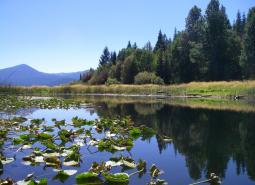
East Cascades
The East Cascade ecoregion extends from the Cascade Mountains’ summit east to the warmer, drier high desert and down the length of the state. This ecoregion varies dramatically from its cool, moist border with the West Cascades ecoregion to its dry eastern border, where it meets sagebrush desert landscapes.
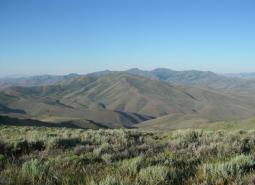
Northern Basin and Range
The Northern Basin and Range ecoregion covers the very large southeastern portion of the state, from Burns south to the Nevada border and from the Christmas Valley east to Idaho. It is largely a high elevation desert-like area dominated by sagebrush communities and habitats.
Strategy Habitats
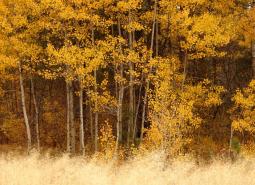
Aspen Woodlands
Aspen woodlands are woodland or forest communities, dominated by aspen trees with a forb, grass, or shrub understory. Aspen woodlands can also occur within conifer forests.

Late Successional Mixed Conifer Forests
Late successional mixed conifer forests provide a multi-layered tree canopy, including large-diameter trees, shade-tolerant tree species in the understory, and a high volume of dead wood, such as snags and logs.
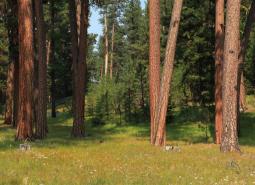
Ponderosa Pine Woodlands
Ponderosa pine woodlands are dominated by ponderosa pine, but may also have lodgepole pine, western juniper, aspen, western larch, grand fir, Douglas-fir, mountain mahogany, incense cedar, sugar pine, or white fir, depending on ecoregion and site conditions. Their understories are variable combinations of shrubs, herbaceous plants, and grasses.

Flowing Water and Riparian Habitats
Flowing Water and Riparian Habitats include all naturally occurring flowing freshwater streams and rivers throughout Oregon as well as the adjacent riparian habitat.
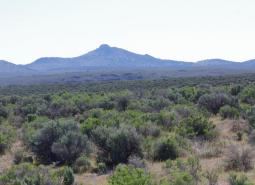
Sagebrush Habitats
Sagebrush habitats include all sagebrush steppe- and shrubland-dominated communities found east of the Cascade Mountains.

Wetlands
Wetlands are covered with water during all or part of the year. Permanently wet habitats include backwater sloughs, oxbow lakes, and marshes, while seasonally wet habitats include seasonal ponds, vernal pools, and wet prairies.
Strategy Species
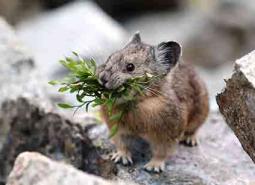
American Pika (Modeled Habitat)
Ochotona princeps
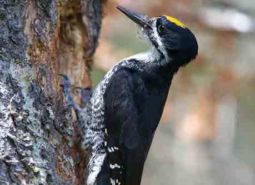
Black-backed Woodpecker (Modeled Habitat)
Picoides arcticus
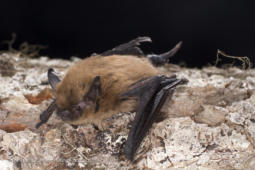
California Myotis (Modeled Habitat)
Myotis californicus
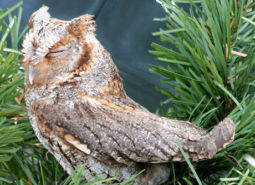
Flammulated Owl (Observed)
Psiloscops flammeolus
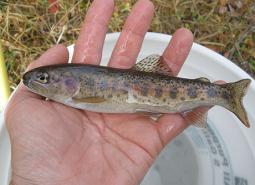
Great Basin Redband Trout (Documented)
Oncorhynchus mykiss newberrii
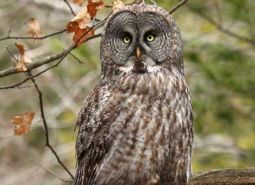
Great Gray Owl (Observed)
Strix nebulosa
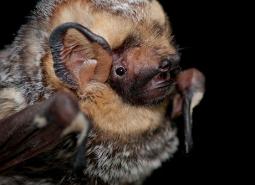
Hoary Bat (Modeled Habitat)
Lasiurus cinereus
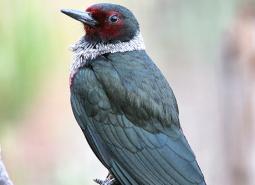
Lewis’s Woodpecker (Modeled Habitat)
Melanerpes lewis
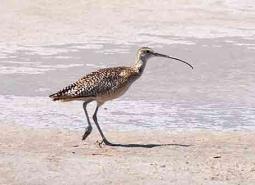
Long-billed Curlew (Observed)
Numenius americanus
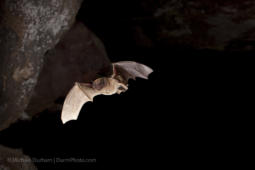
Long-legged Myotis (Modeled Habitat)
Myotis volans
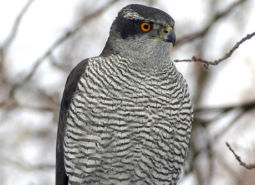
Northern Goshawk (Observed)
Accipiter gentilis atricapillus

Olive-sided Flycatcher (Observed)
Contopus cooperi
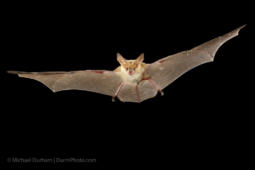
Pallid Bat (Modeled Habitat)
Antrozous pallidus
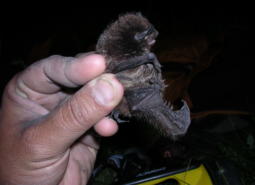
Silver-haired Bat (Modeled Habitat)
Lasionycteris noctivagans
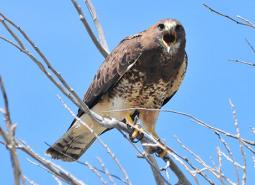
Swainson’s Hawk (Observed)
Buteo swainsoni
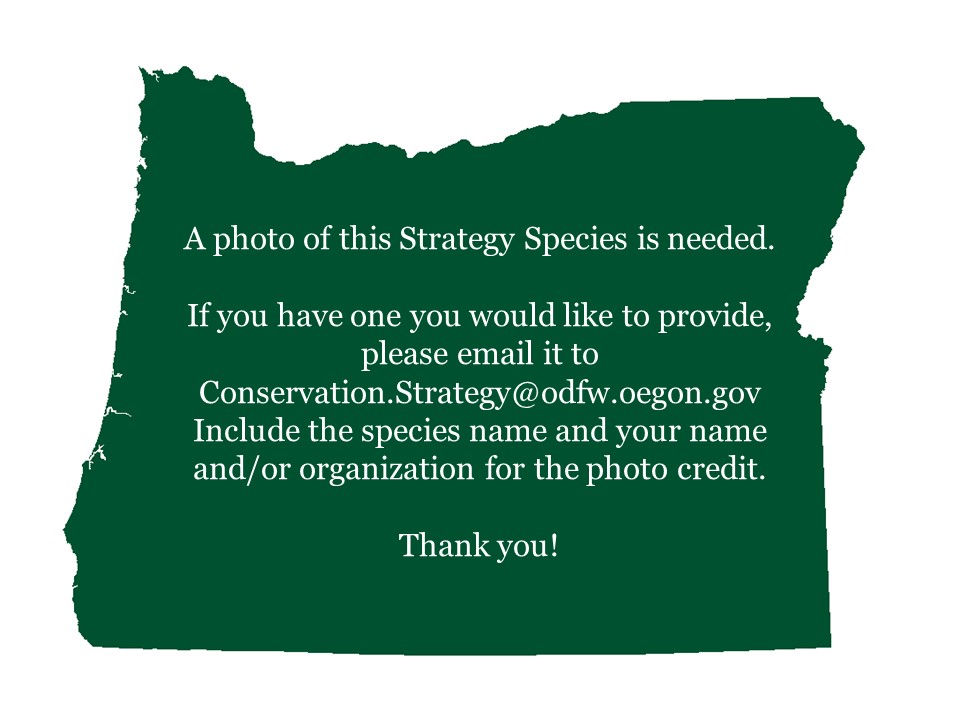
Turban Pebblesnail (Modeled Habitat)
Fluminicola turbiniformis
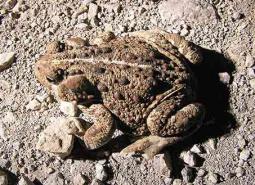
Western Toad (Modeled Habitat)
Anaxyrus boreas

White-headed Woodpecker (Observed)
Picoides albolarvatus
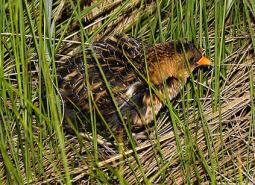
Yellow Rail (Modeled Habitat)
Coturnicops noveboracensis noveboracensis